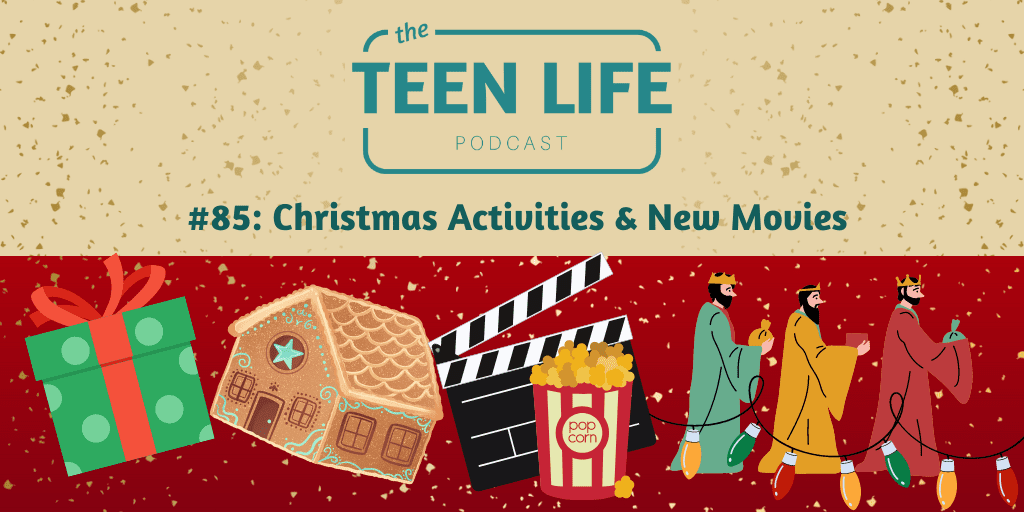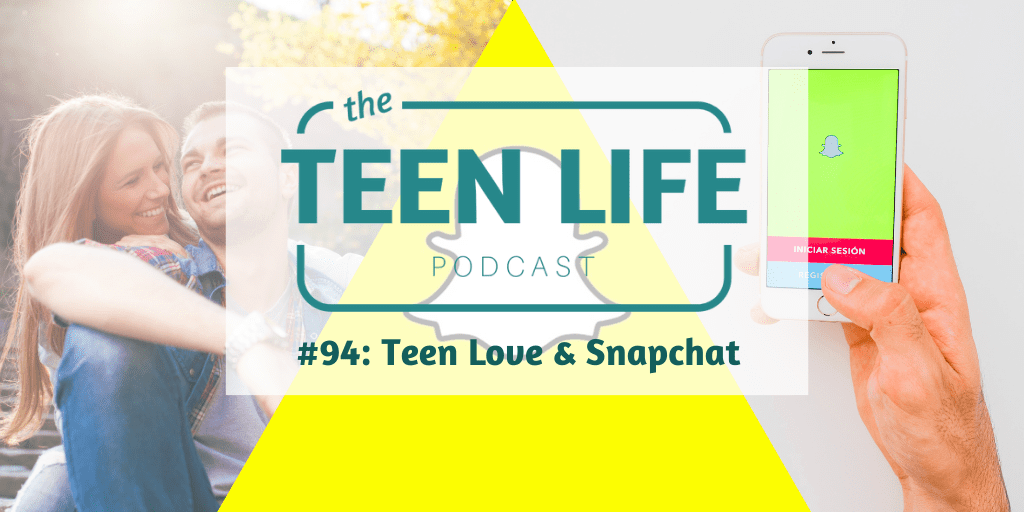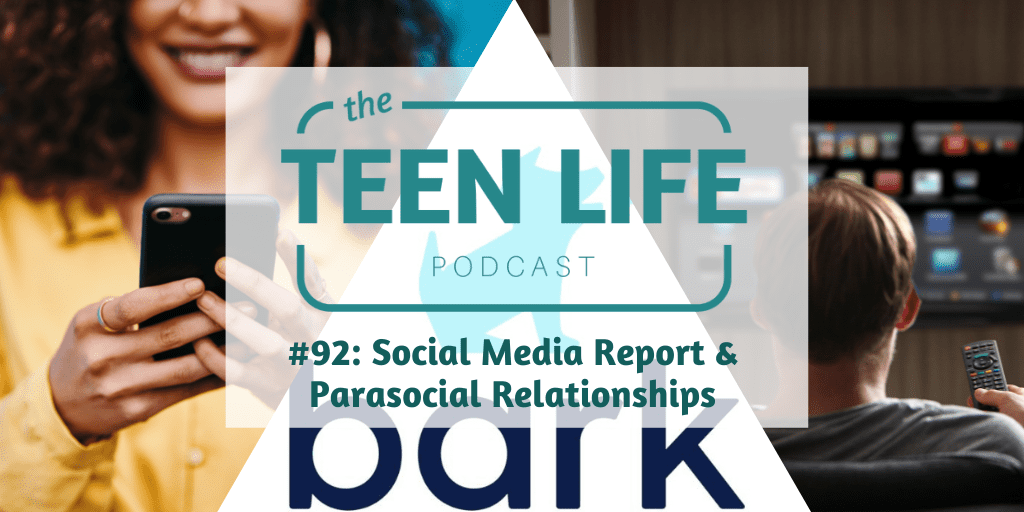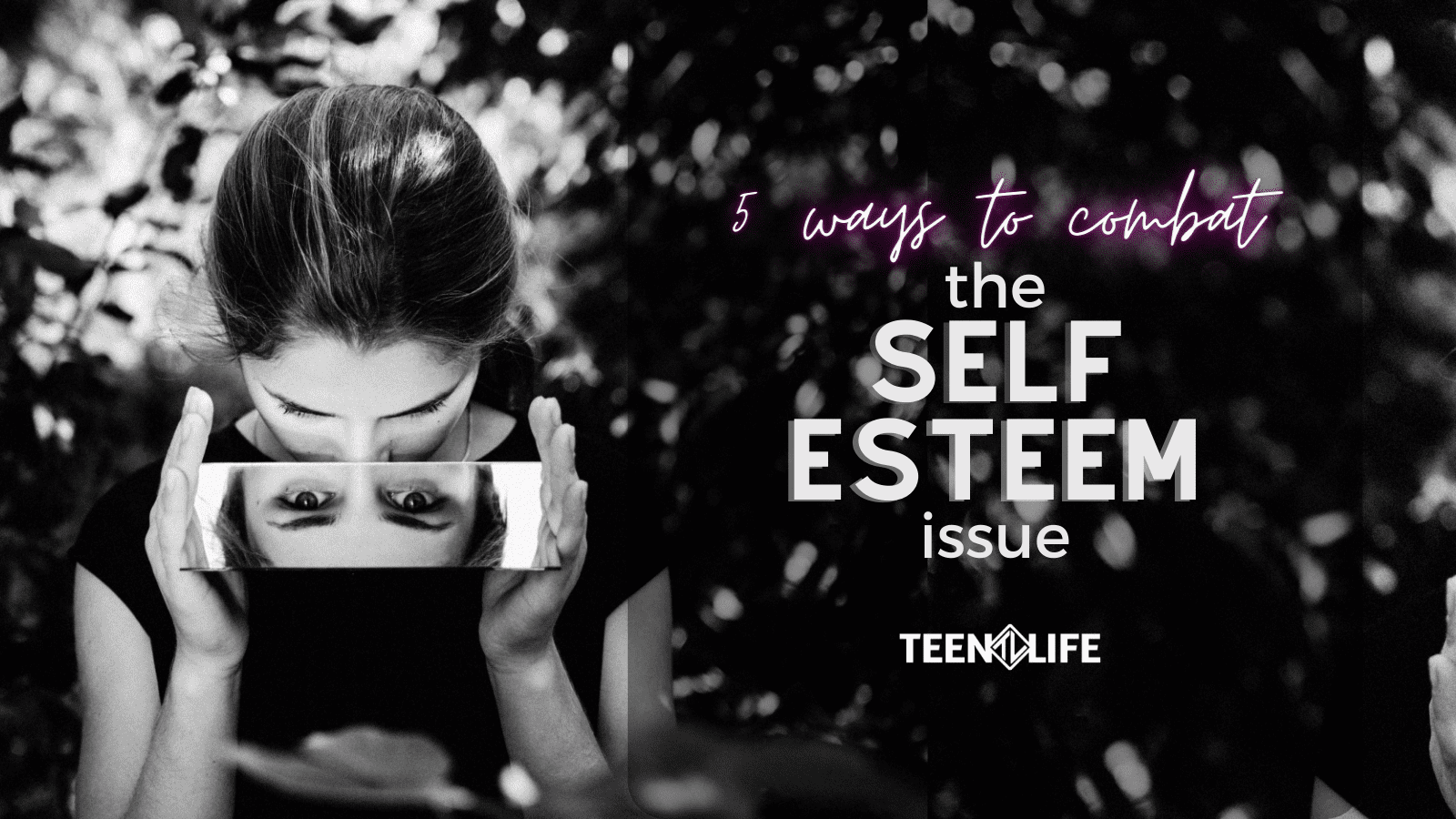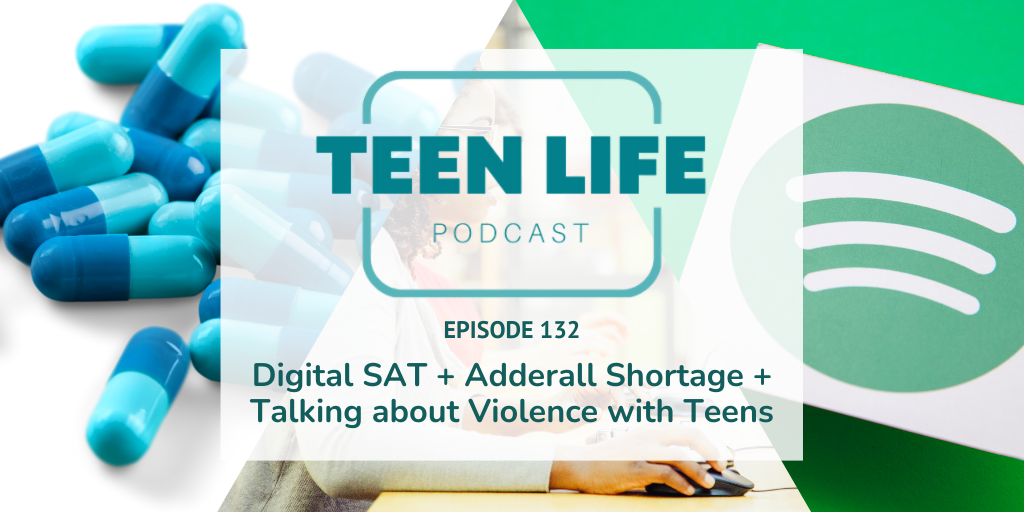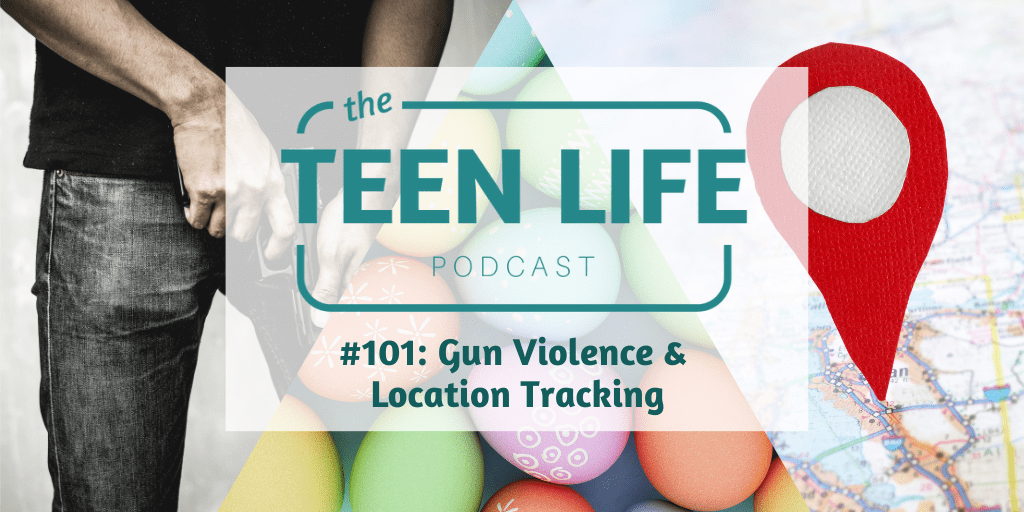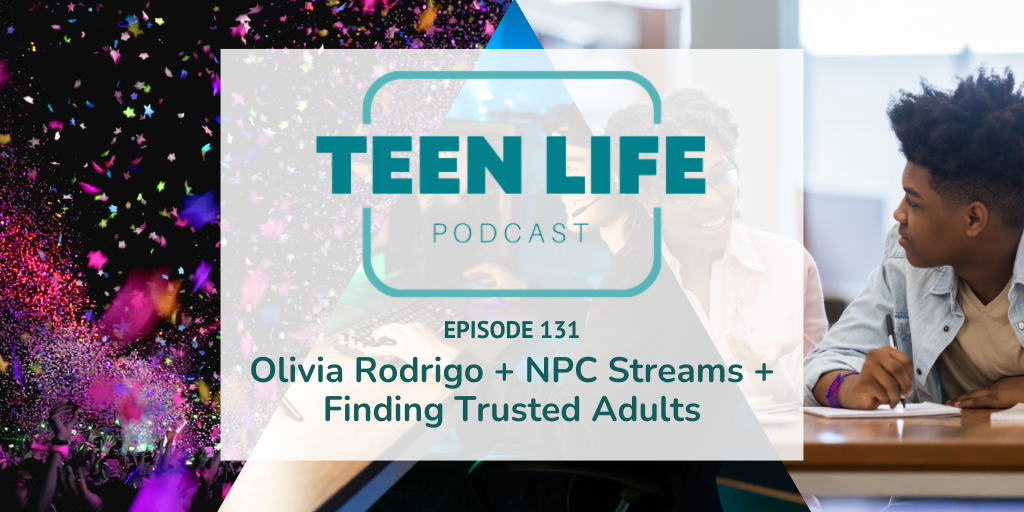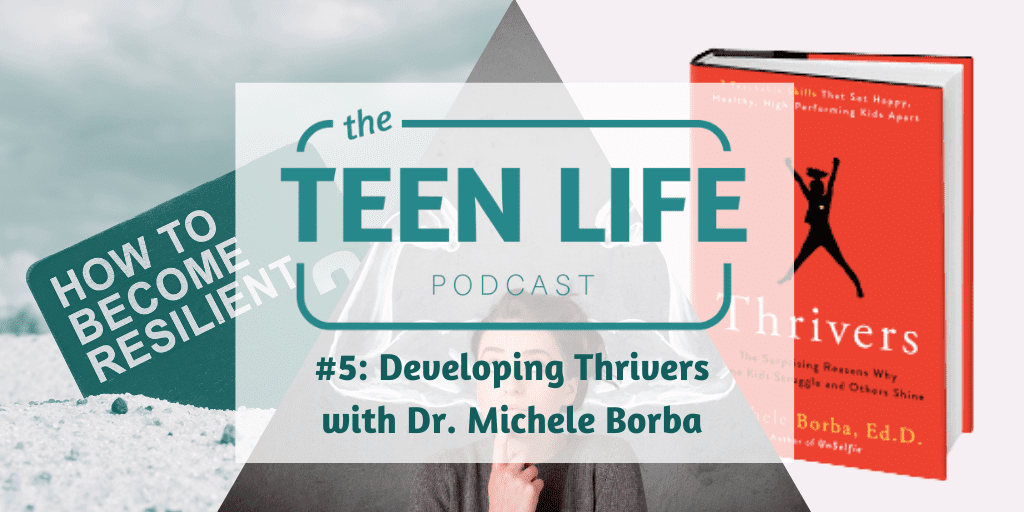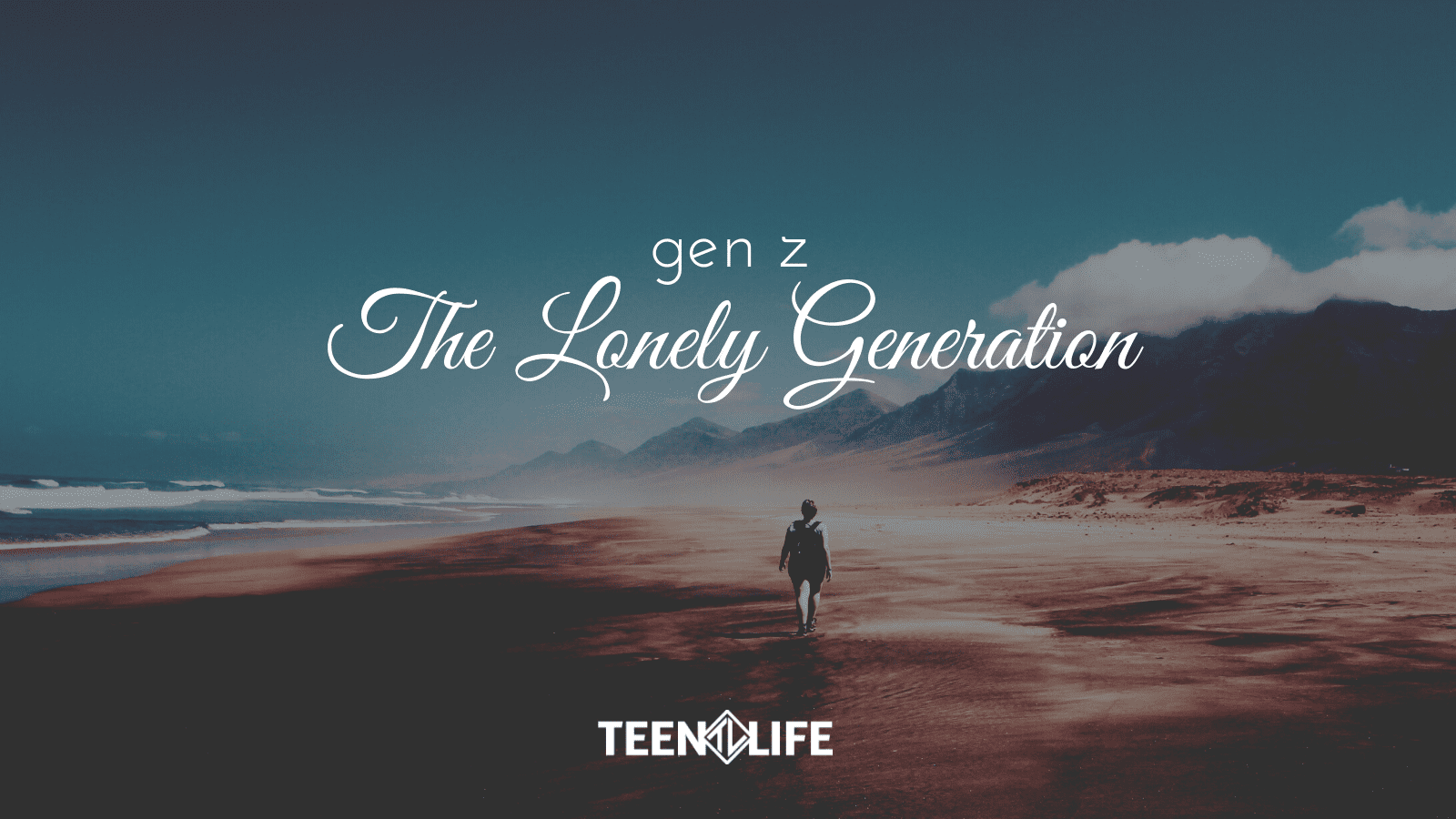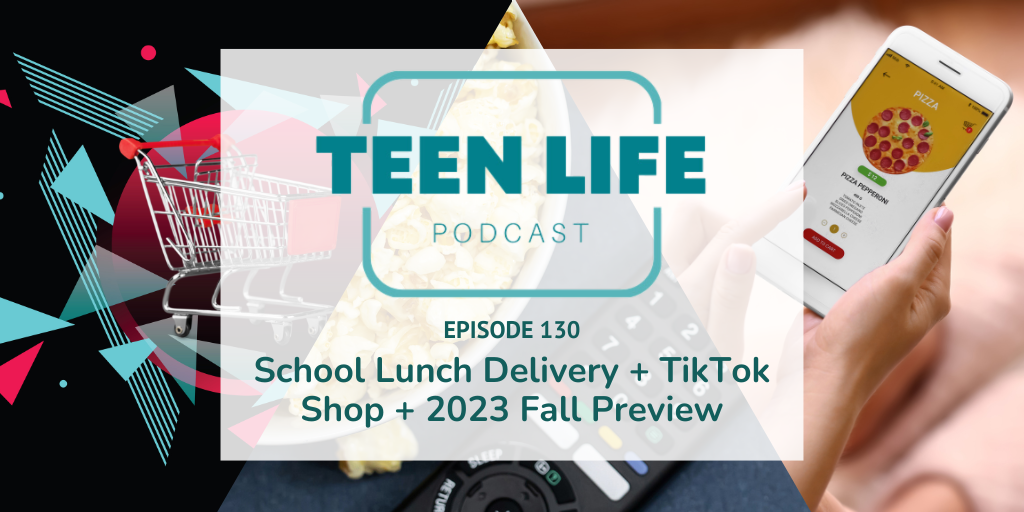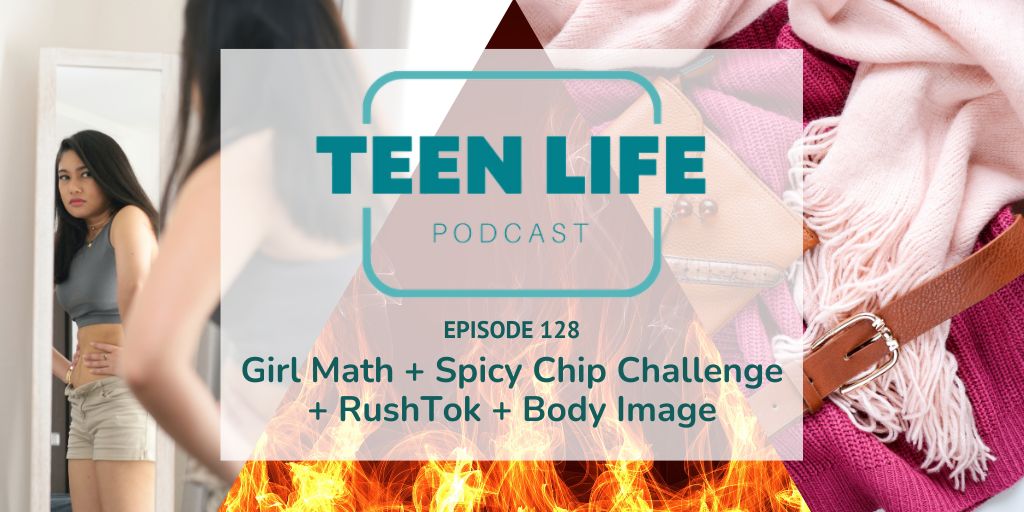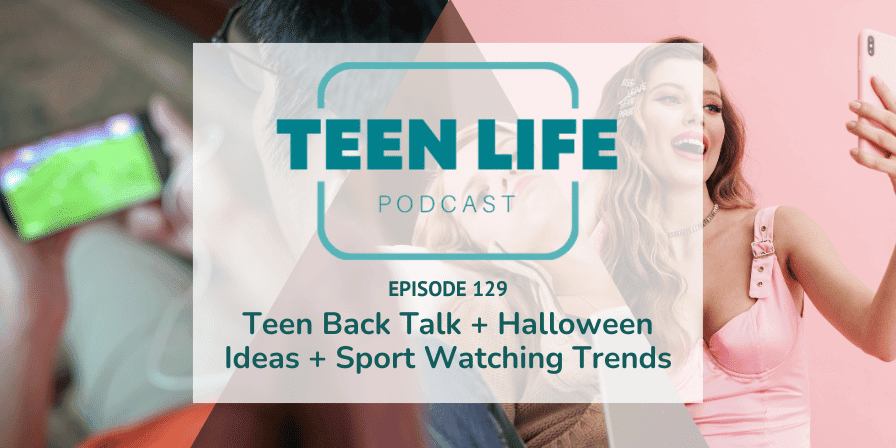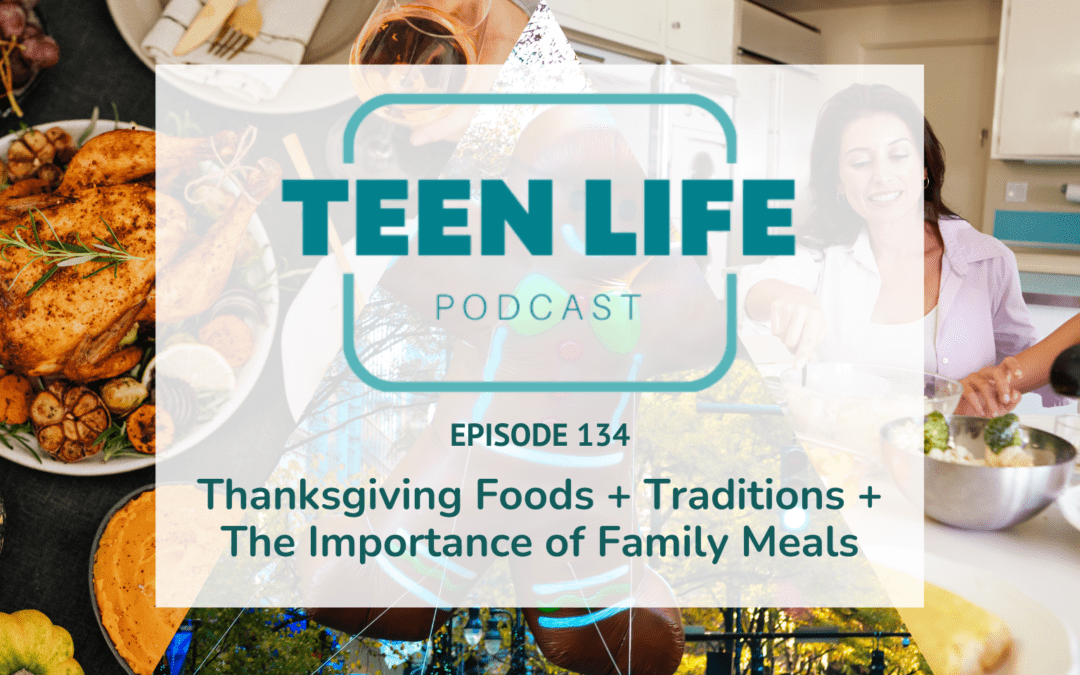
Thanksgiving Foods + Traditions + The Importance of Families Eating Together | Ep. 134
Podcast: Play in new window | Download
The Transformative Power of Families Eating Together
In the hustle and bustle of modern life, where screens dominate our attention and schedules overflow with commitments, the simple act of having family meals often takes a backseat. Yet, research spanning over two decades from the Harvard Graduate School has unveiled a powerful truth: dedicating a few minutes each day to disconnect from screens and genuinely connect over food can remarkably enhance the physical and mental well-being of every family member involved.
Family meals make you healthier.
Encouraging healthier eating habits stands as one of the primary benefits derived from regular family meals. Studies have consistently shown that dining together fosters better dietary choices, particularly among adolescents. When families gather around the table, there’s a natural inclination toward more nutritious options, leading to a healthier overall diet.
However, the impact extends far beyond just the food on the plate. Regular family meals have emerged as a formidable shield against various mental health disorders that often plague adolescents. These dinners serve as a buffer, significantly reducing the likelihood of issues related to eating disorders, substance and alcohol use, violent behavior, depression, and even suicidal thoughts among young family members.
Family meals improve social/emotional skills.
The magic of these gatherings lies in their ability to bolster self-esteem and refine communication skills. The profound sense of connection during these moments, devoid of distractions, allows every member to feel heard and understood. It’s in these seemingly ordinary moments that bonds are strengthened, confidence is nurtured, and kids learn the art of respectful communication.
It doesn’t require grand gestures or elaborate planning. The key is consistency and authenticity.
3 Steps for Successful Family Meals
Set the Scene
Opt for a traditional family dining setup around a table. Steer clear of the allure of the television; instead, focus on each other’s company.
Stop Scrolling
Put away the phones and other gadgets. Let the conversation be the sole source of entertainment and connection.
Cultivate Traditions
Whether it’s instituting ‘Taco Tuesdays,’ establishing a set of weekly questions, or engaging in a communal game, creating traditions infuses these gatherings with a sense of anticipation and belonging.
Families can savor the benefits of shared meals and unlock the potential for profound transformation. It’s not important how fancy the meal is, but how deep the connections formed and nourished at the table.
In the chaos of everyday life, the act of gathering for family meals emerges as a potent elixir for holistic well-being. It’s a time to savor not just the flavors on the plate but the bonds that grow stronger with every shared moment. So, let’s carve out those precious minutes, turn off the screens, and build stronger connections, one meal at a time.
Also in this episode:
- Thanksgiving traditions that even teens will love.
- Thanksgiving foods for the whole family.
In this episode, we mentioned or used the following resources about the importance of family meals.
- Parents.com: 7 Science-Based Benefits of Eating Together as a Family
- Podcast music by Luke Cabrera & Tobin Hodges
Have a question?
About Us

Karlie Duke
Director of Communications

Tobin Hodges
Program Director

Caleb Hatchett
Podcast Host
Caleb Hatchett | Podcast Co-Host
Caleb loves helping teenagers take ownership of their faith and relationships. He graduated from Abilene Christian University with a degree in Youth and Family Ministry and is currently Student Ministry Director at Jenks Church in Oklahoma.
Karlie Duke | Director of Communications
Karlie has always had a heart for teenagers. Through her role at Teen Life, she loves to showcase the amazing stories coming out of Support Groups, but she is especially passionate about helping adults and teenagers find connection. Karlie has a BS in Communications with a minor in Family Studies from Abilene Christian University.
Tobin Hodges | Program Director
Tobin’s entire career has been centered around students and teens from all walks of life. He has a passion for helping teens be their best selves. As Program Director, he loves working directly with school staff and students through Teen Life Support Groups. Tobin has a Bachelor’s Degree in Music from Texas Tech University.











